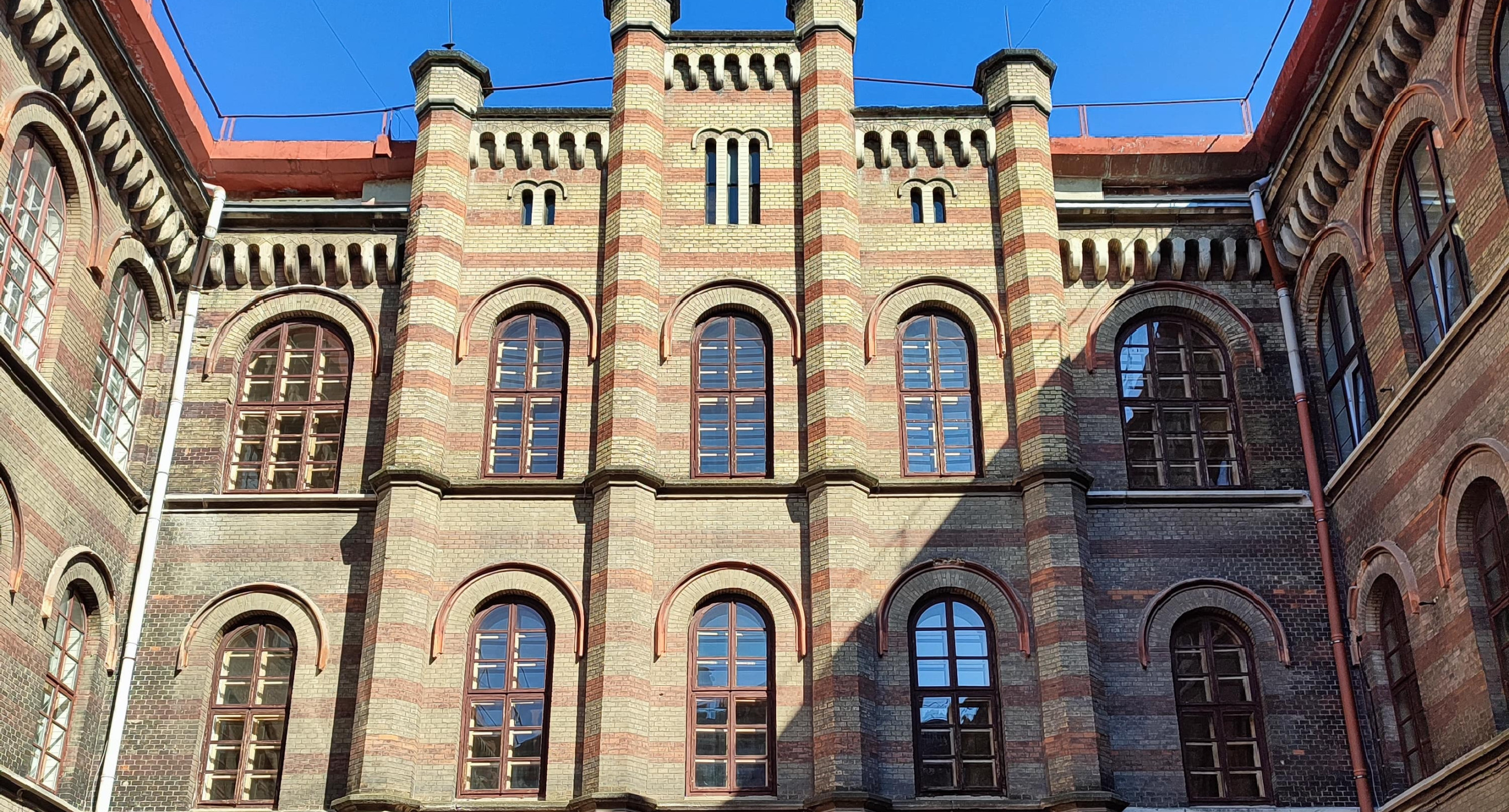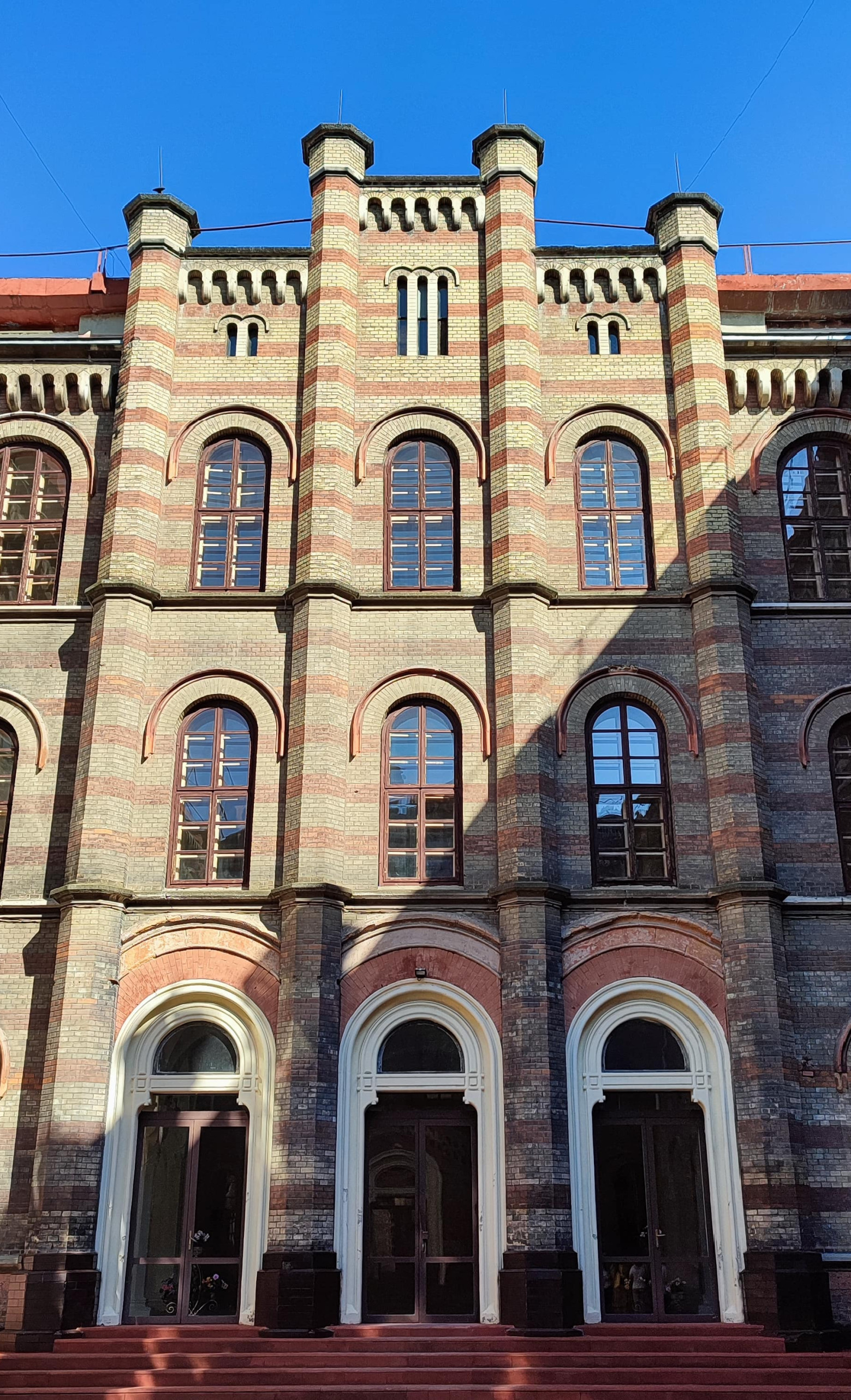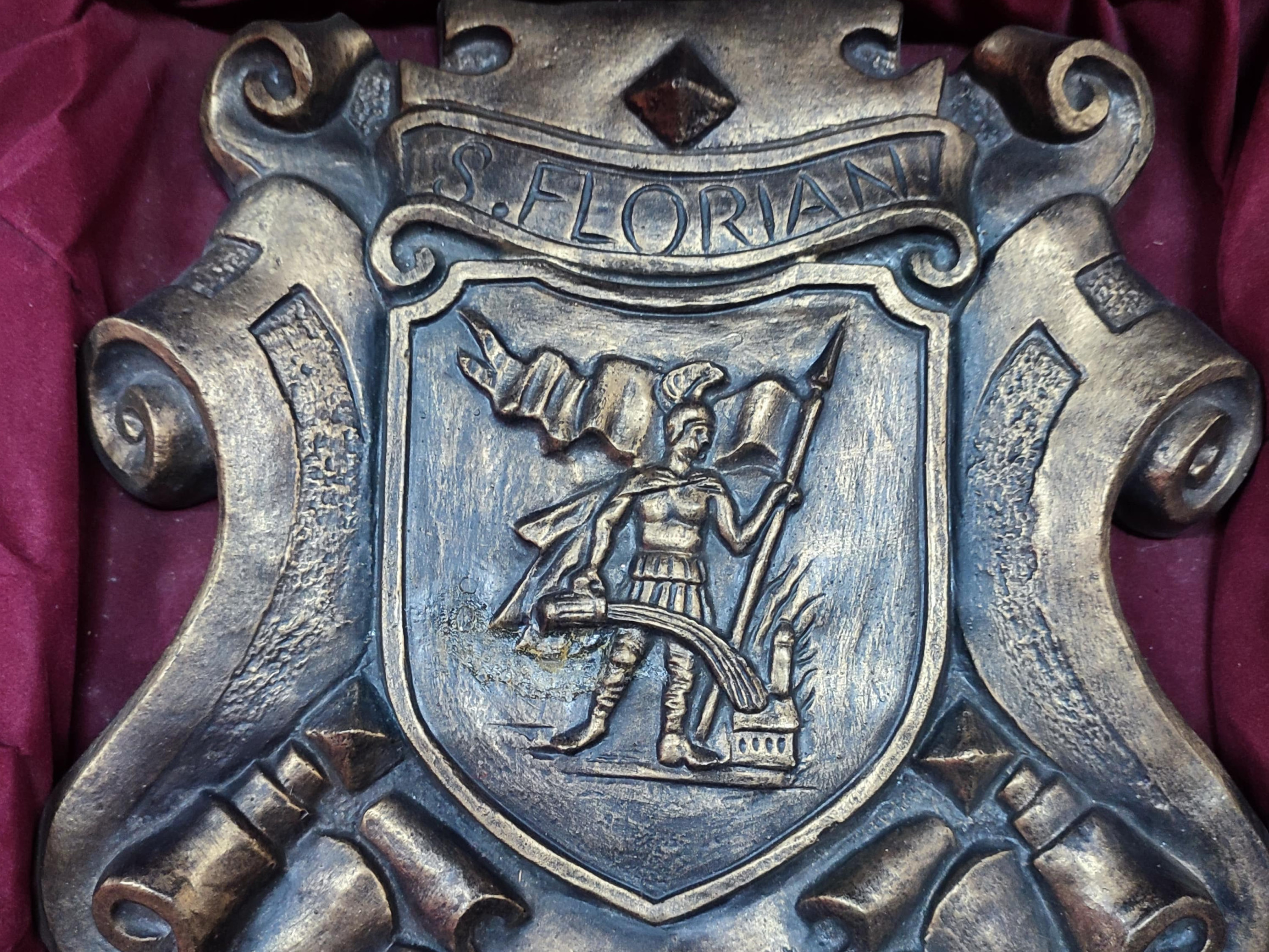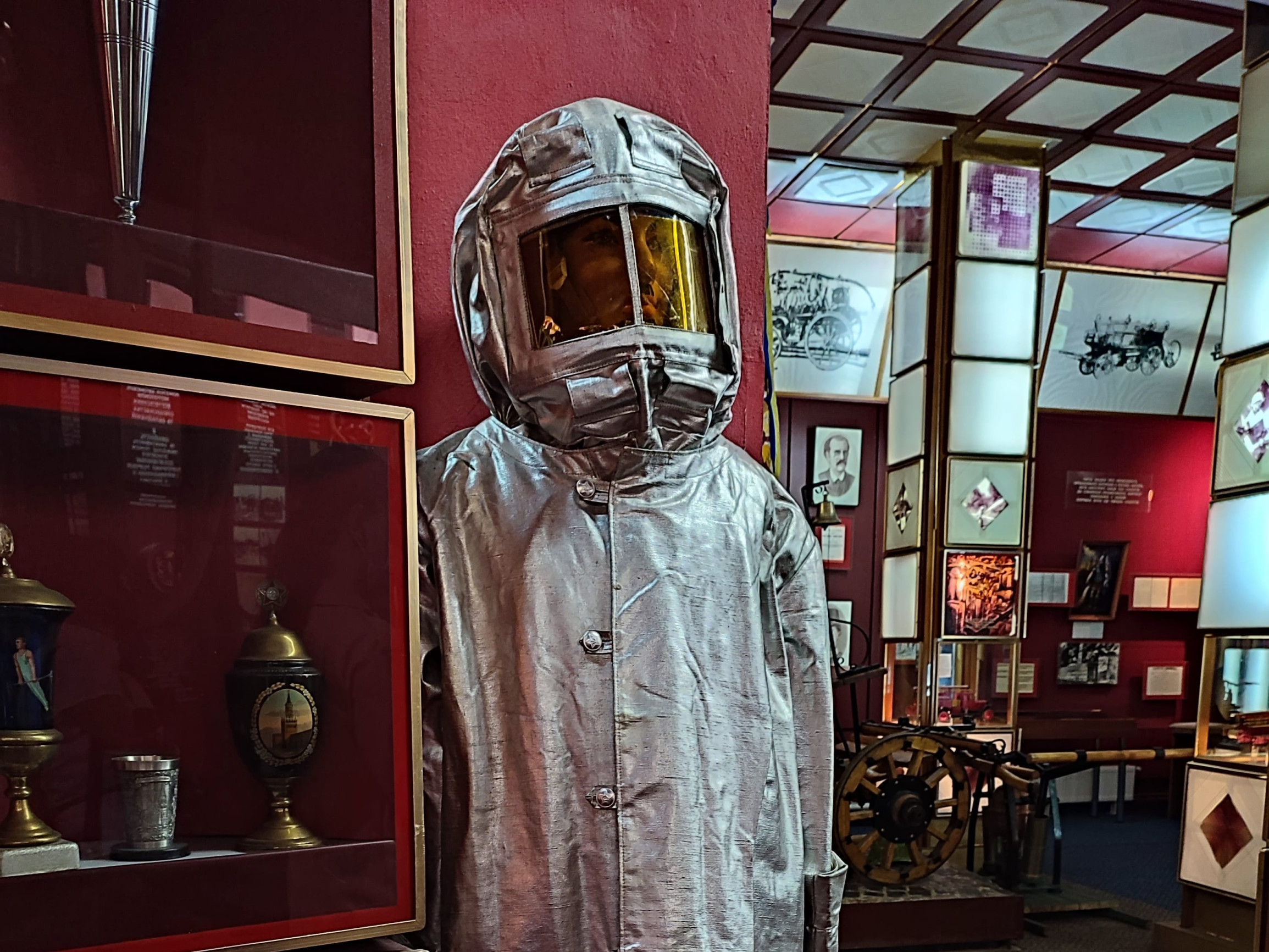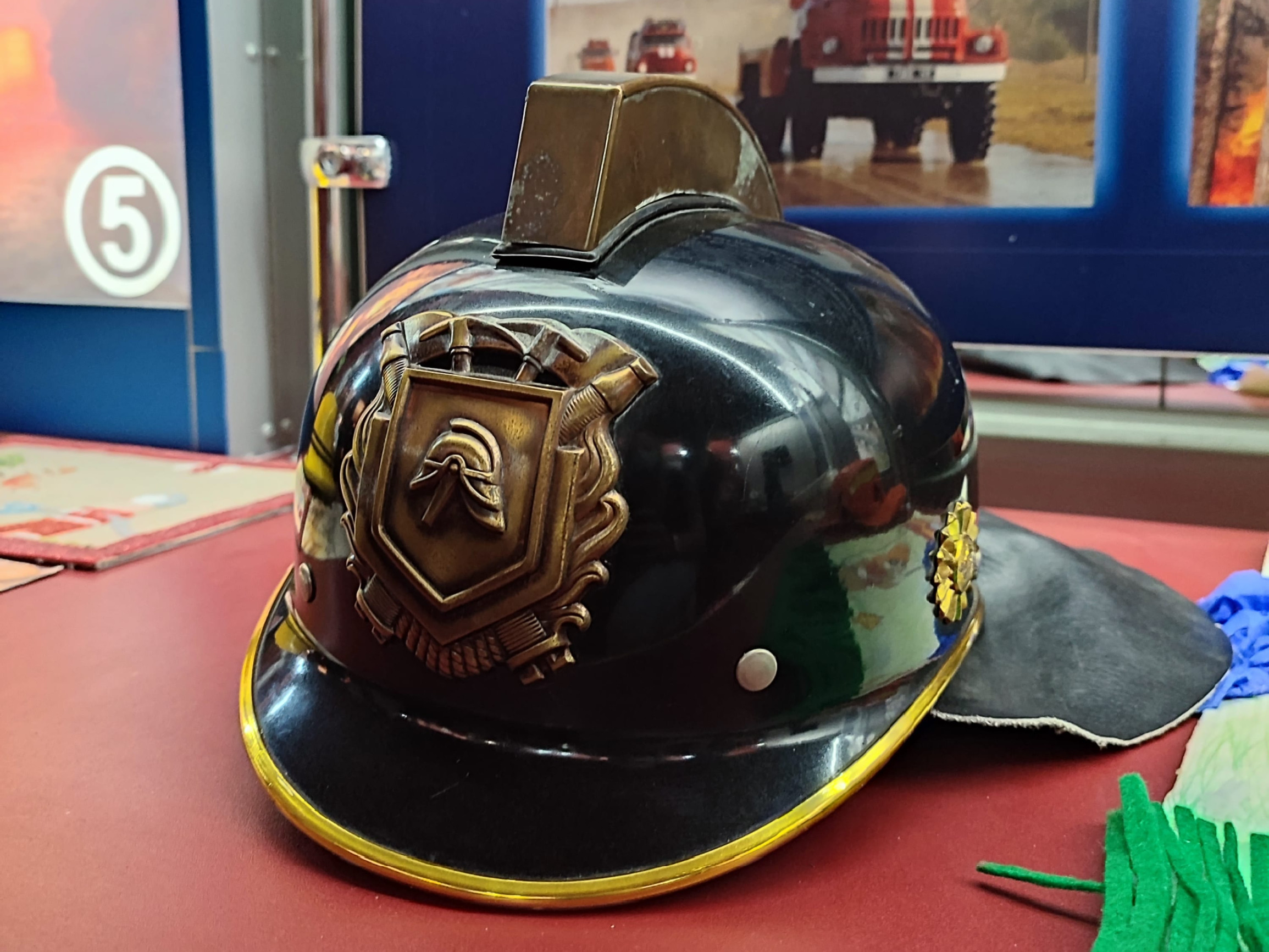The City of Lions can be given another name, sadder - the City of Fires. Lviv citizens know exactly the "symbolic" year of Lviv's foundation - 1256. But does everyone know what the first mention of the city is about? "It was a flame that was seen from all over the world and even from Lviv". Then Kholm was on fire. During 1340-1849, about thirty large fires raged in Lviv.
Why is the number of fires counted only until 1849? At this time, on the initiative of Mayor Karl Gopflingen-Bergendorf, a fire brigade was organized. It seems that this decision was waited for too long and the destruction of important and valuable buildings could have been avoided much earlier. However, the Lviv fire brigade is the oldest organized fire brigade in Ukraine.
No doubt, emergency buildings perform a vital task. From here rescuers will rush to help people in an emergency. But they also have something special: their difficult history and fascinating architecture.

The State Emergency Service of Ukraine (6 Pidvalna St.)
Despite its serious name, the administration has a beautiful neo-Romanesque building, which attracts the attention of Lviv residents who are in a hurry and tourists who leisurely walk along Pidvalna Street. What is a great rarity for Lviv - the building was originally built for rescue purposes, as a fire station. There was also a horse ambulance, a city telephone exchange, a water supply bureau, a chimney sweep shop, a garbage collection service and even a city chemist's office.
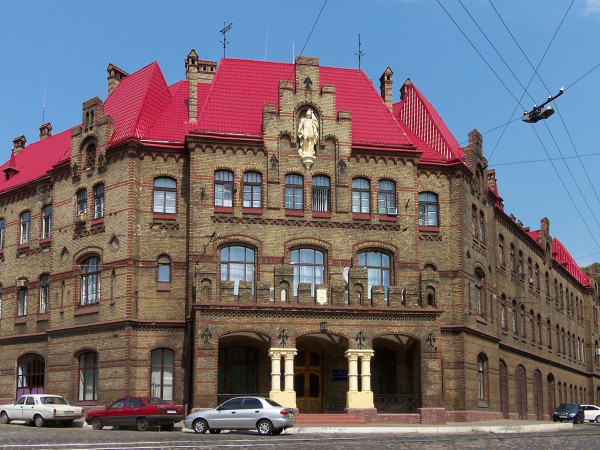
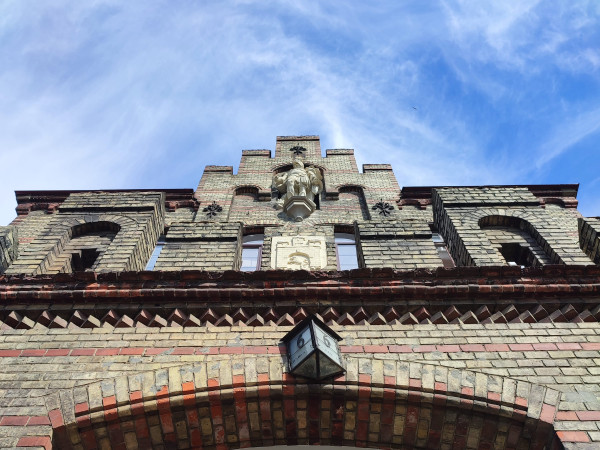
When you are near this building, look at the eaves of the building. You will see the patron of firefighters - a sculpture of Saint Florian. This is the work of a prominent Lviv artist, author of sculptures on the pediment of the Lviv Opera, Petro Viitovych.
Today, the building of the former fire station houses The State Emergency Service of Ukraine, the first state fire and rescue service, as well as the Firefighting History Museum. There are three halls where you can see photos of old Lviv, in particular during or after fires, the evolution of firefighting equipment and helmets, fire carriage, costumes. Part of the exhibition is dedicated to the profession of chimney sweeps. In the second hall you can get acquainted with firefighting today, and the third hall is dedicated to those people who eliminated the consequences of the Chornobyl disaster.
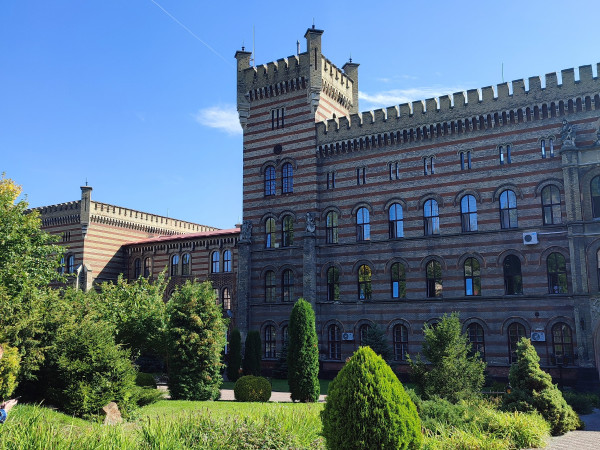
Lviv State University of Life Safety (35 Kleparivska St.)
And where can you learn this difficult craft - to save people and cities? At Lviv State University of Life Safety. There are 3 main institutes here: The Institute of Firefighting and Technological Safety, The Institute of Civil Protection and The Institute of Psychology and Social Protection.
This beautiful building was built not for educational purposes at all. From time immemorial, there have always been many militaries in the old cities. They increased especially after the revolutions of the mid-nineteenth century, and many servicemen appeared who were no longer fit for military service. From the experience of Vienna, Prague, Padua and other European cities of that time, the House of the disabled was built in Lviv. This decision was made by Emperor Franz Joseph I while in Lviv in 1851. No wonder that the house was built in the style of the Viennese arsenal.
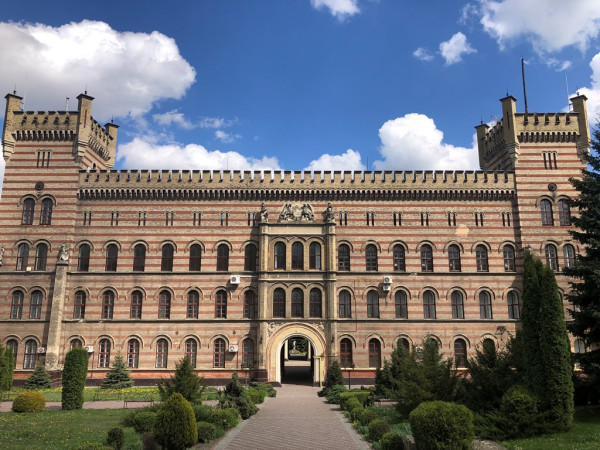
The building has a very interesting design: in the neo-Romanesque style (as well as the fire station, remember?), made of combined colored bricks, which due to the special placement forms red and yellow stripes. By the way, the city brickyard provided bricks absolutely free of charge. The architecture impresses with its monumentalism, and at the same time the building seems to be a bit stretched. What's interesting: it had its own heating system. Air ducts were formed between the walls and connected to the fireplaces.
The modern university has a very clear form. It consists of a central part and towers at its corners, then there are side wings and pavilions in the end. The building has a rich decoration. Bas-reliefs, sculptures, wealth and taste. On the facade of the building you will notice sculptures of two characters: War (a man who snatches a sword) and Peace (a woman in a laurel wreath and with a roll of paper in hand; at her feet you can see a palette and brush, symbolizing science and art). In total, there were 26 sculptural elements and 8 bas-reliefs on the facade. And to this day, they delight our eyes. Unfortunately, a lot of sculptures and bas-reliefs inside, as well as the hall with frescoes, have not survived.
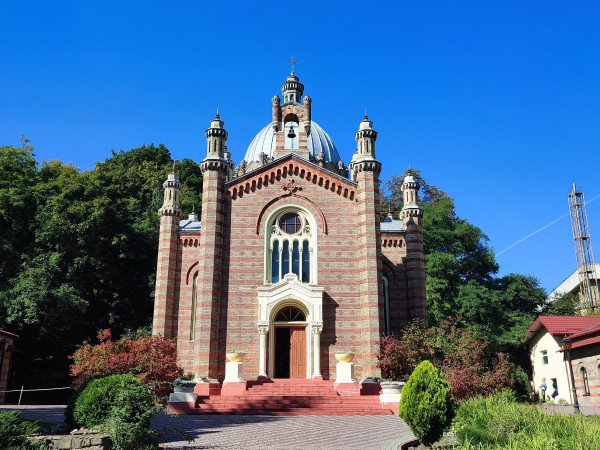
Inside the complex, there is a charming and incredibly well-kept courtyard. Behind the gate and the main walls of the complex another masterpiece of architecture is hidden - Church of the Intercession of the Blessed Virgin in the Byzantine-Greek style made in the color of the university - of yellow and red bricks, laid out in the form of crosses. The church was decorated with a huge number of sculptures both outside and inside, but nothing has survived to this day.
The church is constantly open for university students; at any time everyone can come to pray or talk to the priest. You can also get acquainted with him: the priest took part in the war in Donbas and brought a volunteer flag here, to the church. You can also see and experience this beauty at the Sunday Divine Liturgy.
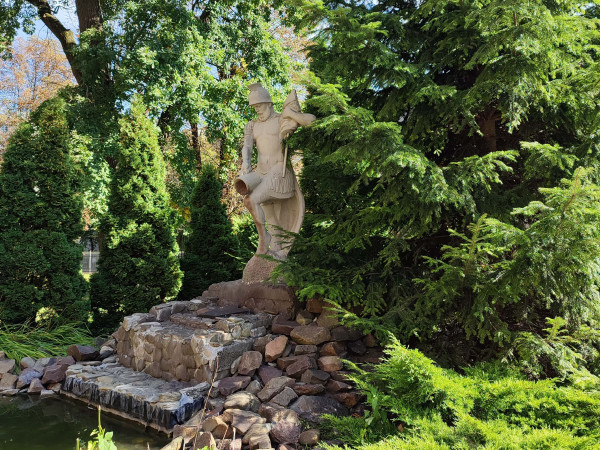
Visit this atmospheric university on occasion, and, leaving the territory, look to the left. Do you recognize? This is our acquaintance, the patron of firefighters - St. Florian.
